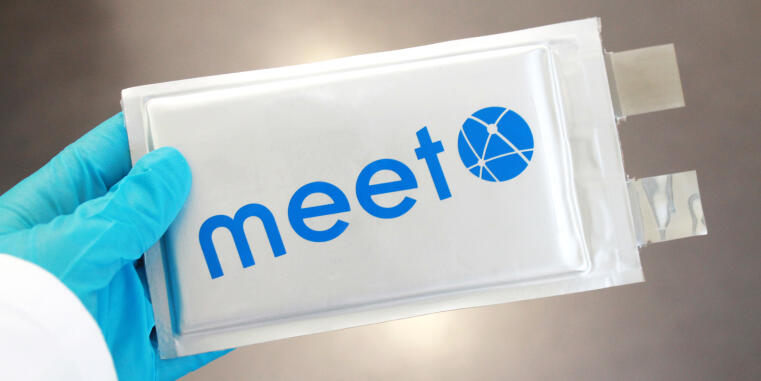Necessary Amount of Electrolyte Specified for Lithium-ion Batteries
The amount of electrolyte has a significant influence on the performance of lithium-ion battery cells. The lower the proportion, the higher the specific energy. A team from MEET Battery Research Center at the University of Münster has now investigated how large the electrolyte content in lithium-ion batteries should be. The scientists focused on identifying the electrolyte proportion after filling the cells.

Analysis of Three Pouch Cells over full Cycle Life
The team examined three different pouch cells with a charging capacity between one and five ampere hours (Ah). “We analyzed these cells over a lifetime of up to 3,000 cycles,” explains Dr Philip Niehoff, Deputy Head of the Research Division Cell System at MEET Battery Research Center. “The amount of electrolyte should range between 1.14 and 1.19 times the wet cell pore volume.” A higher requirement than the simple pore volume is required because the latter changes by 25 to 35 percent during wetting with the electrolyte. In addition, the electrodes further expand during the aging process and the electrolyte decomposes.
Further application-oriented research is now required to identify the correlation between capacity loss and electrolyte consumption for different electrolyte formulations.
Entire Study Online Available
Detailed results of the study have been published by the authors Lars Pritzlaff and Dr Philip Niehoff, MEET Battery Research Center as well as Prof. Dr Martin Winter, MEET Battery Research Center and Helmholtz Institute Münster of Forschungszentrum Jülich, in the “Journal of the Electrochemical Society”.

